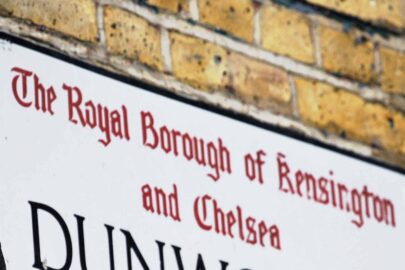London Central Portfolio’s (LCP) analysis of Land Registry data for the first quarter of the year shows that England and Wales and Greater London have continued to see a marked slowdown in prices, alongside falling transactions, impacted by the introduction of mortgage caps, the instability in the domestic economy and the growing new build crisis.
In prime Central London, sales numbers have seen significant falls of 41% across the year, whilst average prices have recorded a slight increase despite Brexit and residential tax changes impacting sentiment. This growth, however, can be attributed to a number of factors and may not reflect any genuine underlying price appreciation.
Prime Central London saw average prices reach £1,914,789, following quarterly price growth of 4.6%. This has been buoyed by a greater proportion of more expensive properties being transacted, with an 8.5% annual increase in transactions between £2m – £5m.
In contrast, transactions remain significantly down. Sales in Q1 fell 21% over Q4 2016. On an annual basis, just 3406 sales took place, a fall of 41% over the previous year. Indeed, sales levels are the lowest level on record, even less than during the global financial crisis.
Prime Central London showed signs of price growth in Q1 2017, reflecting a 4.6% quarterly increase to £1.9m, despite Brexit and tax headwinds.
On a rolling annual basis, prices are now 5.4% higher than two years ago (Q1 2015), a result of investor preference for safe havens in the face of global uncertainty, coupled with discounted prices and a weak sterling. This improves on the slight increase in Q4 2016 of 2.2%, following two years of negative growth.
Naomi Heaton, CEO of London Central Portfolio, said: “The increase in average prices is likely to reflect a greater proportion of higher value properties being sold, rather than any real underlying price growth.
“Transaction data shows that the £2m to £5m bracket was the most active last year, reflecting the only annual increase in sales (8.5%). This can, in part, be attributed to international homebuyers taking advantage of significant price discounts offered on top-end properties and beneficial currency exchange rates.
“Prices are now 13% cheaper for dollar denominated investors than the beginning of 2015.”
According to LCP, buyers are also increasingly acquiring in their own names, rather than in companies, or ‘de-enveloping’ their existing properties from corporate wrappers. These properties are now captured by Land Registry. This trend is most apparent at the top end of the market where the forthcoming ‘look through’ non-dom Inheritance Tax (40%), coupled with the Annual Tax for Enveloped Dwellings (up to £218,000p.a.), has made purchasing through corporate wrappers less attractive. HMRC data reflects this, with a 14% fall in owner occupied properties above £2m held in companies since 2013.
Heaton said: “The distorting effect on average prices due to a greater proportion of higher value sales reflected in the quarterly statistics is removed by analysing Land Registry’s monthly index, which only records like-for-like sales. This shows a 3.2% price increase in The City of Westminster whilst Kensington & Chelsea has seen a 0.7% price fall over the last year. Once combined, this indicates a very low level of growth.
“With the unexpected result of the snap UK general election, even this growth is likely to be reversed as confidence wavers once again.”
According to the data, transactions in Prime Central London also remain notably down. Sales in Q1 fell a further 21% over Q4 2016 with just 3,406 sales taking place over the last 12 months, a fall of 41%. Alongside tax changes which are deterring purchases, this is in part due to owners, particularly of lower value properties, who are not in distressed positions, holding on to their stock until the market hardens, LCP said.
